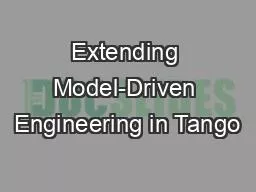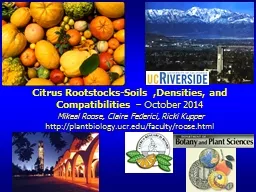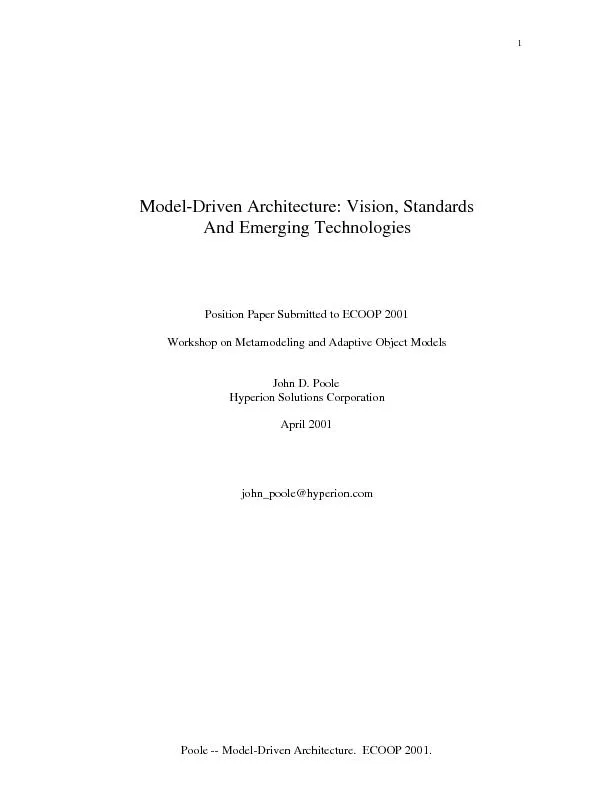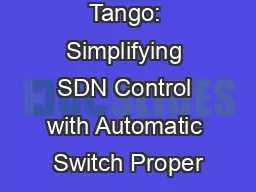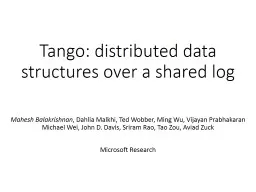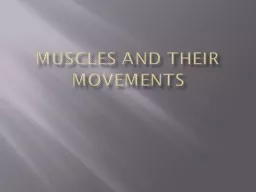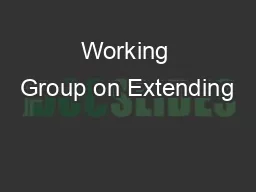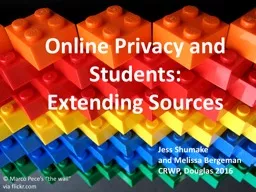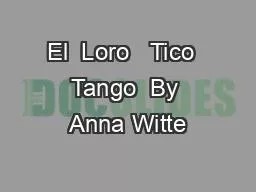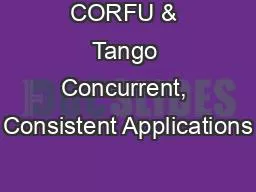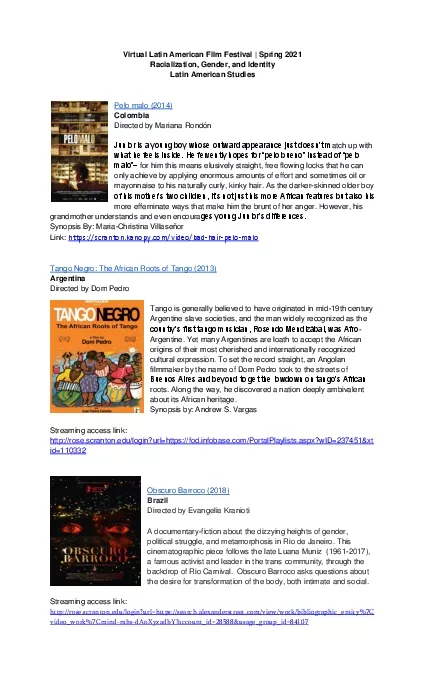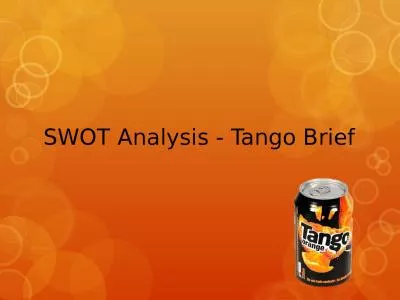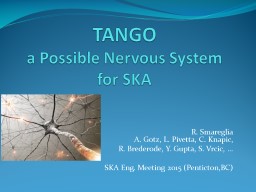PPT-Extending Model-Driven Engineering in Tango
Author : maniakiali | Published Date : 2020-07-01
Amar Banerjee Puneet Patwari Subhrojyoti Roy Chaudhuri Swaminathan Natarajan Agenda Context amp History Objectives Drivers for the MDE Approach Approach Overview
Presentation Embed Code
Download Presentation
Download Presentation The PPT/PDF document "Extending Model-Driven Engineering in Ta..." is the property of its rightful owner. Permission is granted to download and print the materials on this website for personal, non-commercial use only, and to display it on your personal computer provided you do not modify the materials and that you retain all copyright notices contained in the materials. By downloading content from our website, you accept the terms of this agreement.
Extending Model-Driven Engineering in Tango: Transcript
Download Rules Of Document
"Extending Model-Driven Engineering in Tango"The content belongs to its owner. You may download and print it for personal use, without modification, and keep all copyright notices. By downloading, you agree to these terms.
Related Documents

